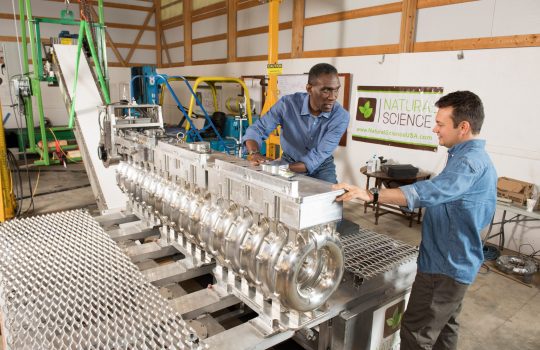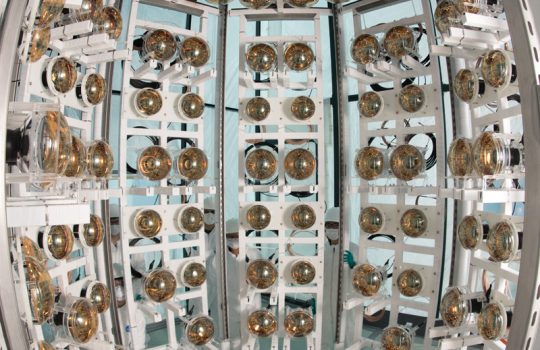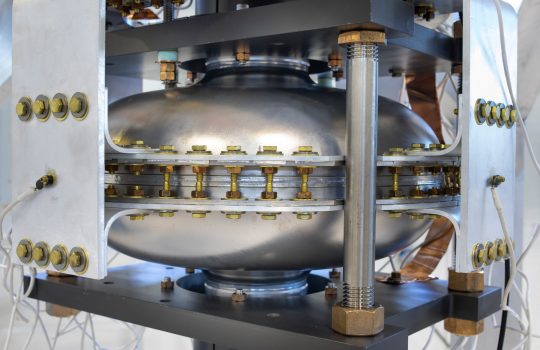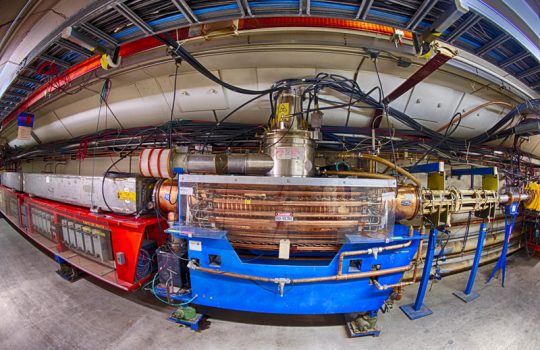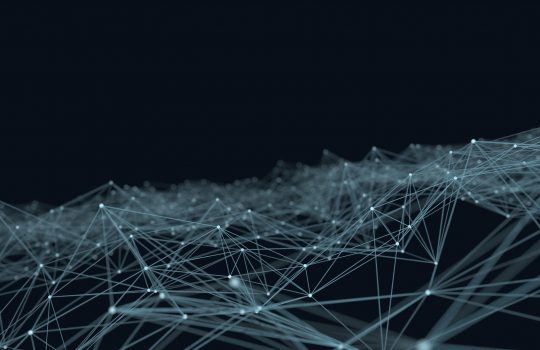Fermilab oil spill cleanup technology among finalists for R&D 100 Award
What began as an experiment in a nine-ounce cup of water has been developed into a full-scale technology that recently became a finalist for a 2019 R&D 100 Award. Achieving the honor was E-MOP™ — electromagnetic oil spill remediation technology — developed from patents owned by Fermilab. The technology uses materials that are environmentally safe, reusable and natural.

